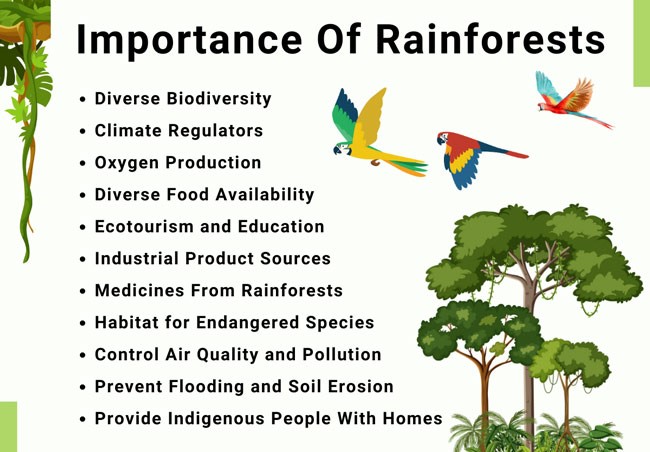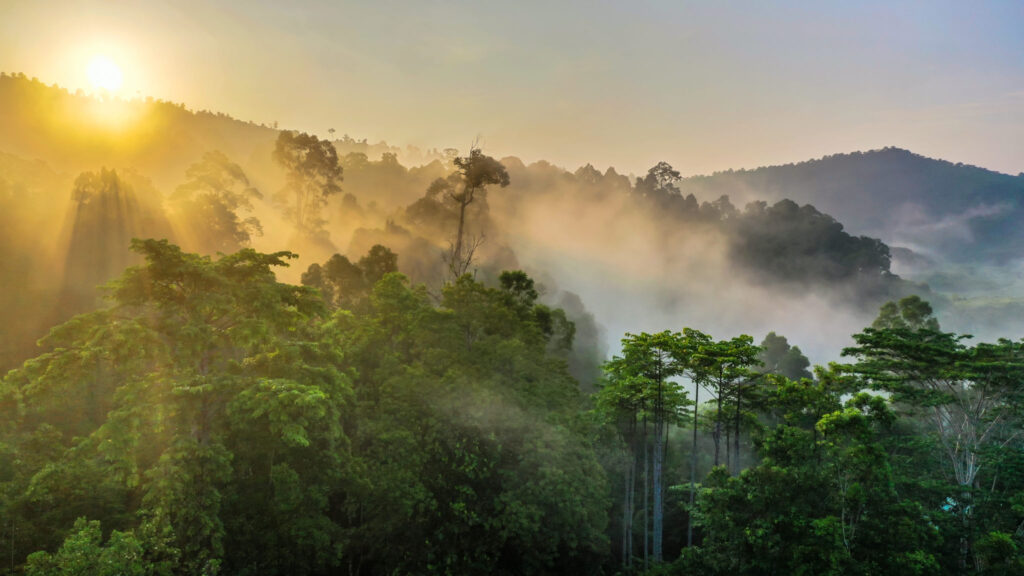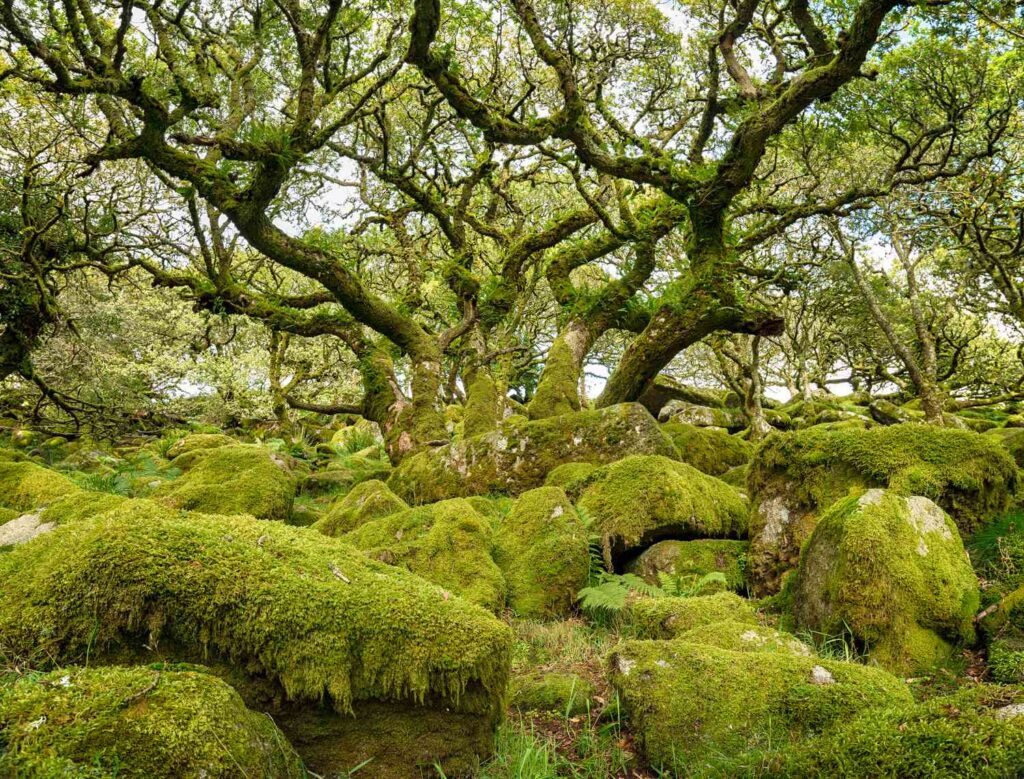Rainforest
Rainforests, with their dense vegetation and rich biodiversity, are some of the most vital ecosystems on our planet. They play a crucial role in maintaining global climate stability and are home to millions of species. However, these majestic forests are under severe threat due to human activities such as deforestation and climate change.
Introduction to Rainforest:
Rainforests are lush, biodiverse ecosystems characterized by dense vegetation and high rainfall. They play a vital role in sustaining life on Earth, harboring millions of plant and animal species, many of which are found nowhere else. From the towering canopy to the forest floor, rainforests support a complex web of life and provide numerous ecological benefits.
Covering only a small fraction of the Earth’s surface, rainforests are disproportionately rich in biodiversity, housing over half of the world’s plant and animal species. Their diverse ecosystems contribute to genetic diversity, which is essential for the adaptation and resilience of species in the face of environmental change.
Located primarily in tropical regions near the equator, rainforests experience consistently warm temperatures and abundant rainfall throughout the year. This favorable climate supports the rapid growth of vegetation, resulting in the dense canopy layers characteristic of these forests.
Beyond their ecological significance, rainforests also provide essential ecosystem services that support human well-being. They help regulate the Earth’s climate by absorbing carbon dioxide from the atmosphere and producing oxygen through photosynthesis. The evaporation of water from the forest canopy also contributes to the formation of clouds and rainfall, influencing regional and global weather patterns.
Moreover, rainforests play a crucial role in maintaining soil fertility, preventing erosion, and purifying water sources. They provide habitat for indigenous communities and countless plant and animal species, supporting cultural diversity and traditional knowledge systems.

Importance of Rainforests:
Biodiversity Hotspots:
Rainforests are biodiversity hotspots, housing a staggering array of plant and animal species. They contain over half of the world’s species, despite covering just a small percentage of the Earth’s surface. This incredible diversity ensures the resilience of ecosystems and provides genetic resources for scientific research and potential future medicines.
Climate Regulation:
Rainforests play a vital role in regulating the Earth’s climate. Through the process of photosynthesis, they absorb carbon dioxide from the atmosphere and release oxygen, helping to mitigate the impacts of climate change. Additionally, the dense vegetation of rainforests acts as a carbon sink, storing large amounts of carbon and helping to stabilize the global climate.
Oxygen Production:
Rainforests are often referred to as the “lungs of the planet” because they produce a significant portion of the world’s oxygen. The abundant vegetation in these forests continuously releases oxygen into the atmosphere, supporting the respiratory systems of humans and other animals worldwide.
Water Cycle:
Rainforests play a crucial role in the water cycle, influencing rainfall patterns and maintaining local and regional climates. The dense canopy of trees intercepts rainfall, reducing erosion and runoff, while the roots of plants help to absorb and store water, replenishing groundwater reserves and regulating river flows.
Economic Value:
Rainforests provide valuable resources and ecosystem services that support local economies and livelihoods. They are a source of timber, fuelwood, and non-timber forest products such as fruits, nuts, and medicinal plants. Additionally, rainforest-based industries like ecotourism generate income and employment opportunities for local communities.
Cultural Importance:
Rainforests are home to numerous indigenous communities whose cultures, traditions, and identities are deeply connected to these ecosystems. Indigenous peoples rely on rainforests for food, shelter, medicine, and spiritual sustenance. Their traditional knowledge and practices contribute to the conservation and sustainable management of these valuable resources.
Habitat for Wildlife:
Rainforests provide habitat for a vast array of wildlife, including iconic species such as jaguars, orangutans, and toucans. These ecosystems support complex food webs and ecological interactions, making them essential for the survival of countless species and the maintenance of biodiversity.

Types of Rainforests:
Tropical Rainforests:
Tropical rainforests are the most well-known and widespread type of rainforest, characterized by their lush vegetation, high temperatures, and abundant rainfall throughout the year. These rainforests are typically found near the equator, in regions with warm climates and minimal seasonal variation.

Amazon Rainforest:
Located in South America, the Amazon Rainforest is the largest tropical rainforest in the world, covering vast areas of Brazil, Peru, Colombia, and several other countries. It is renowned for its unparalleled biodiversity, with millions of plant and animal species, including iconic species like jaguars, anacondas, and macaws.
Congo Basin Rainforest: Situated in Central Africa, the Congo Basin Rainforest is the second-largest tropical rainforest globally, after the Amazon. It is home to diverse ecosystems, including swamp forests, savannas, and montane forests, and supports a rich array of wildlife, including gorillas, elephants, and chimpanzees.
Southeast Asian Rainforests: Found in countries like Indonesia, Malaysia, and Papua New Guinea, Southeast Asian rainforests are known for their towering trees, dense canopy, and unique biodiversity. These rainforests are threatened by deforestation and habitat loss due to logging, agriculture, and palm oil production.
Temperate Rainforests:
Temperate rainforests are found in regions with cooler climates and moderate rainfall, often along coastal areas influenced by maritime air masses. While less extensive than tropical rainforests, temperate rainforests are equally important for their ecological value and biodiversity.

Pacific Northwest Rainforest:
Stretching from northern California to southern Alaska along the Pacific coast of North America, the Pacific Northwest Rainforest is renowned for its towering coniferous trees, including Douglas firs, redwoods, and Sitka spruces. These rainforests are home to a diverse array of wildlife, such as black bears, bald eagles, and salmon.
Chilean Rainforest:
Located in southern Chile and parts of Argentina, the Chilean Rainforest is characterized by its dense forests of southern beech trees, moss-covered trees, and abundant ferns. These rainforests are ecologically important for their role in regulating water flow, preventing soil erosion, and providing habitat for endemic species like the pudú deer and the monito del monte.
Tasmanian Rainforest:
Found in the cool temperate climate of Tasmania, Australia, these rainforests are characterized by their ancient Gondwanan flora, including unique species like the Huon pine and the Tasmanian tree fern. Despite their relatively small size, Tasmanian rainforests are biodiversity hotspots with high levels of endemism.
Threats to Rainforests
Deforestation
Deforestation, primarily driven by agriculture, logging, and infrastructure development, poses the most significant threat to rainforests worldwide. Large-scale clearing of forests for activities like palm oil production and cattle ranching leads to habitat destruction, loss of biodiversity, and increased greenhouse gas emissions.
Climate Change
Climate change exacerbates the pressures on rainforests, leading to more frequent and severe droughts, wildfires, and extreme weather events. Rising temperatures can disrupt delicate ecosystems and alter the distribution of plant and animal species, further threatening biodiversity.
Illegal Logging
Illegal logging operations contribute to deforestation and forest degradation, particularly in remote and poorly regulated areas. This unsustainable practice not only destroys valuable habitat but also fuels organized crime and undermines efforts to conserve and protect forests.
Conservation Efforts:
Protected Areas
Establishing protected areas and national parks is a crucial strategy for conserving rainforests and their biodiversity. These protected areas provide sanctuary for endangered species, regulate human activities, and promote sustainable land management practices.
Reforestation Projects
Reforestation initiatives aim to restore degraded forest areas and combat deforestation. By planting native tree species and restoring natural habitats, these projects help replenish forest cover, enhance ecosystem resilience, and mitigate the impacts of climate change.
Impact of Rainforest Destruction:
Loss of Biodiversity
The destruction of rainforests results in the loss of countless plant and animal species, many of which may go extinct before they are even discovered. This loss of biodiversity has far-reaching ecological consequences and can disrupt vital ecosystem functions, such as pollination and nutrient cycling.
Disruption of Ecosystem Services
Rainforests provide essential ecosystem services that support human well-being, including clean air and water, climate regulation, and nutrient cycling. The degradation of these ecosystems can have profound effects on local and global environments, jeopardizing the health and livelihoods of millions of people.
Sustainable Solutions:
Sustainable Logging Practices
Implementing sustainable logging practices, such as selective logging and reduced-impact logging, can help minimize the ecological footprint of timber extraction while preserving forest integrity. Certification schemes like the Forest Stewardship Council (FSC) promote responsible forestry and consumer awareness.
Ecotourism
Promoting ecotourism offers a sustainable alternative to resource extraction in rainforest regions. Responsible tourism practices can generate income for local communities, incentivize conservation efforts, and raise awareness about the value of intact ecosystems and biodiversity.
Conclusion:
Rainforests are invaluable ecosystems that support life on Earth in myriad ways. From regulating the climate to harboring unparalleled biodiversity, these forests are irreplaceable treasures that must be protected and preserved for future generations. By addressing the root causes of deforestation, implementing conservation measures, and supporting sustainable development practices, we can safeguard the integrity of rainforest ecosystems and ensure a sustainable future for our planet.
FAQs (Frequently Asked Questions)
Why are rainforests important?
Rainforests are important for their biodiversity, climate regulation, and provision of ecosystem services essential for life on Earth.
What are the main threats to rainforests?
The main threats to rainforests include deforestation, climate change, illegal logging, and habitat fragmentation.
How can individuals help protect rainforests?
Individuals can help protect rainforests by supporting conservation organizations, reducing their consumption of products linked to deforestation, and advocating for sustainable land-use policies.
What is reforestation, and why is it important?
Reforestation involves replanting trees in areas that have been deforested or degraded. It is important for restoring ecosystem health, mitigating climate change, and conserving biodiversity.
What role does ecotourism play in rainforest conservation?
Ecotourism can play a positive role in rainforest conservation by providing economic incentives for conservation, raising awareness among visitors, and supporting local communities.
4 thoughts on “Rainforest”
I抦 not certain the place you are getting your info, however great topic. I must spend some time finding out much more or working out more. Thank you for excellent info I was looking for this info for my mission.
An attention-grabbing discussion is value comment. I believe that you should write extra on this topic, it may not be a taboo subject however generally persons are not sufficient to speak on such topics. To the next. Cheers
I think this is among the most vital information for me.
Annd i am glad reading your article. But wanna remark on few general things, The web site stylke is perfect,
the articles is really nice : D. Good job, cheers https://Www.Waste-Ndc.pro/community/profile/tressa79906983/
I think this is among the most vital information for me. Andd i am glad reading your
article. But wanna remark on few general things, The web site style is perfect, the articles is really nice : D.
Good job, cheers https://Www.Waste-Ndc.pro/community/profile/tressa79906983/